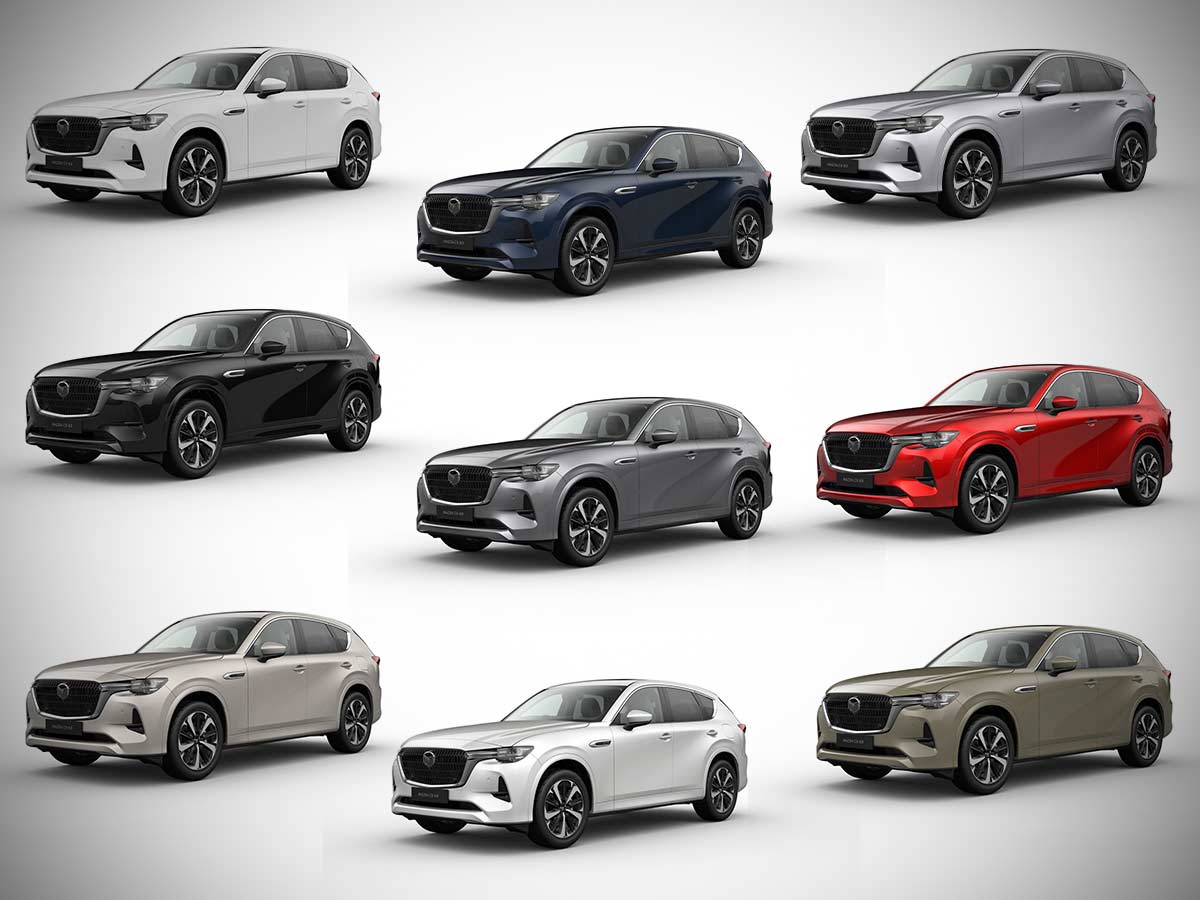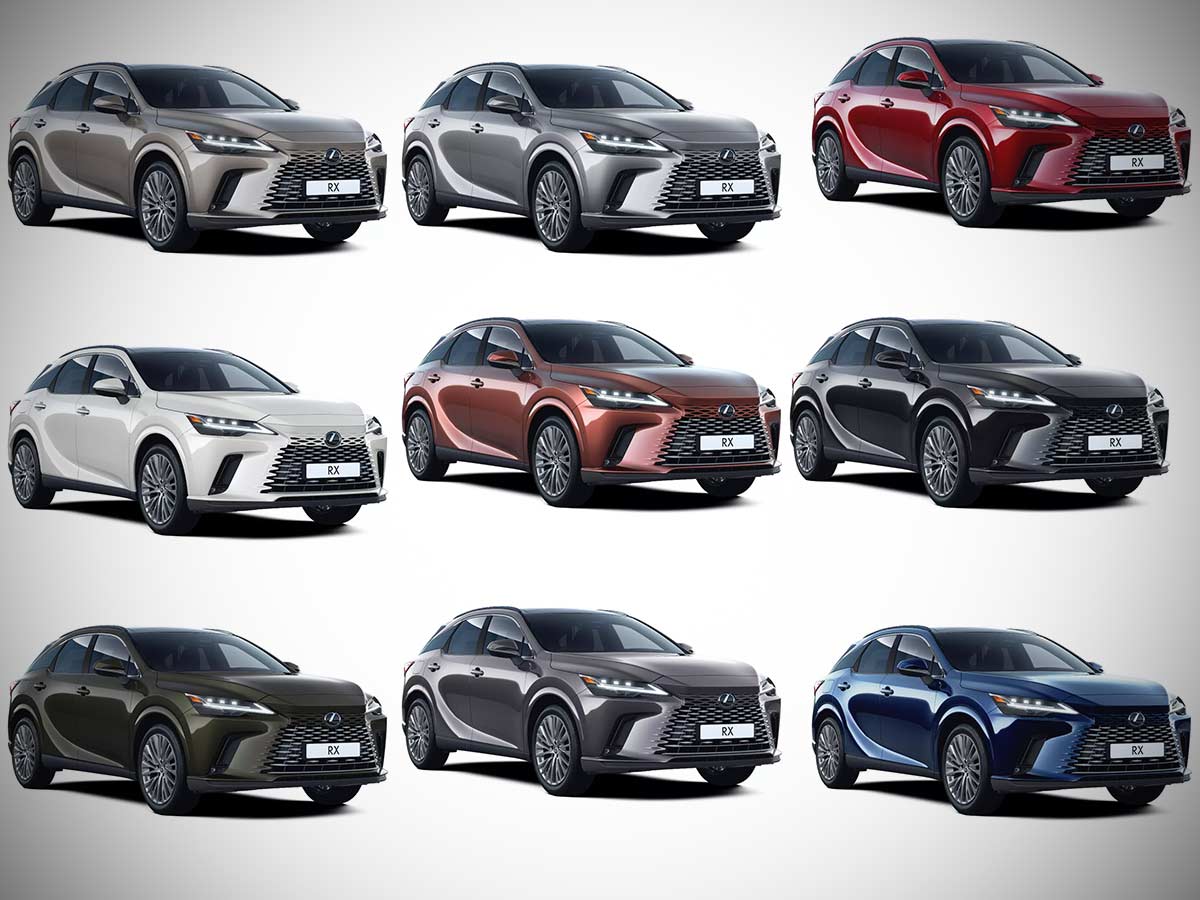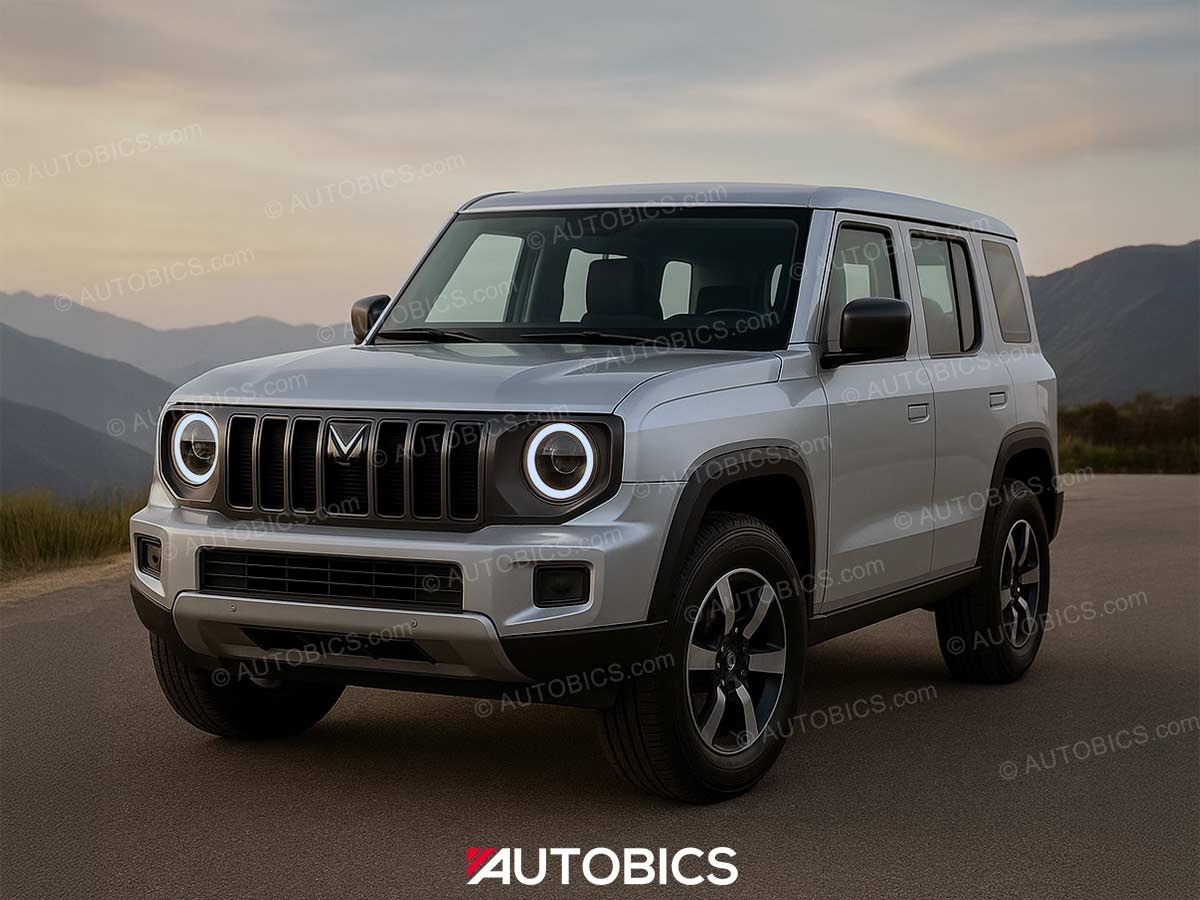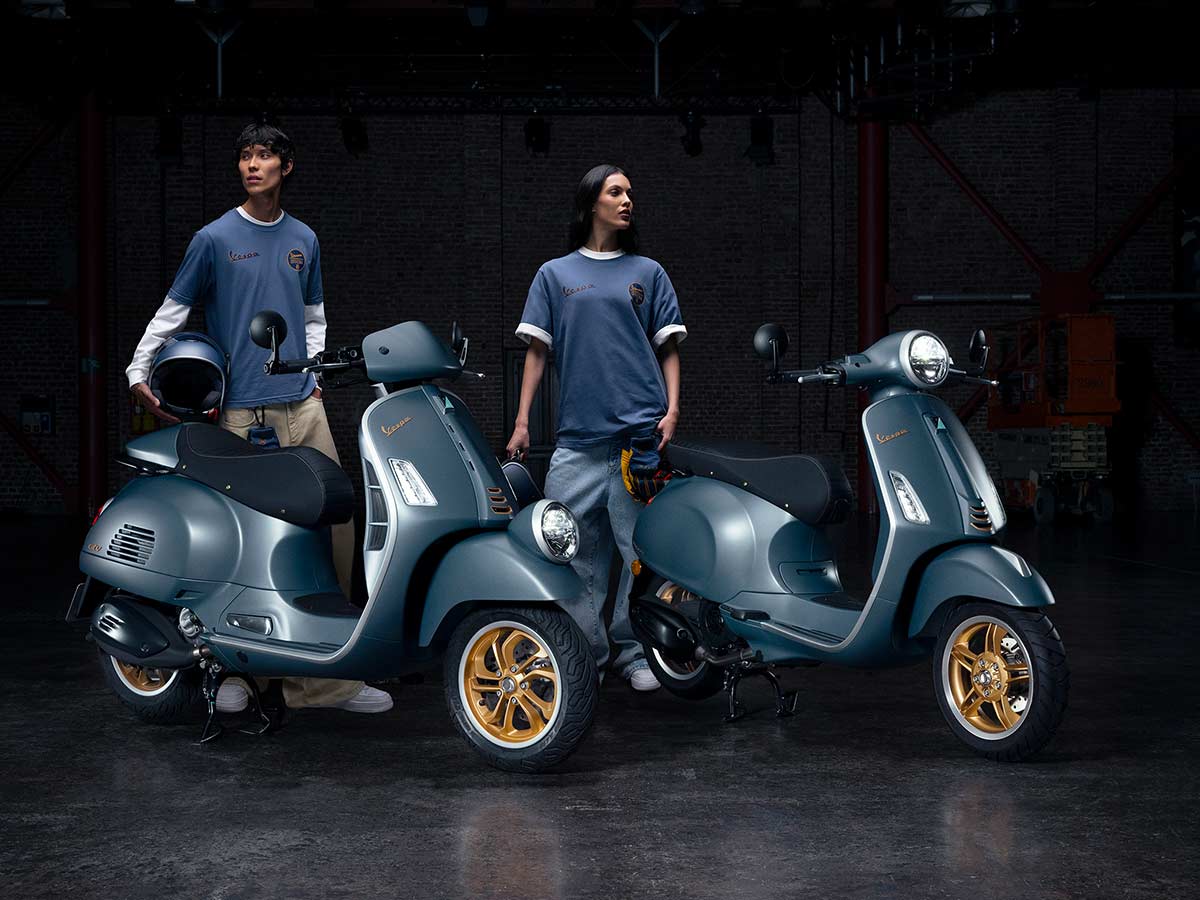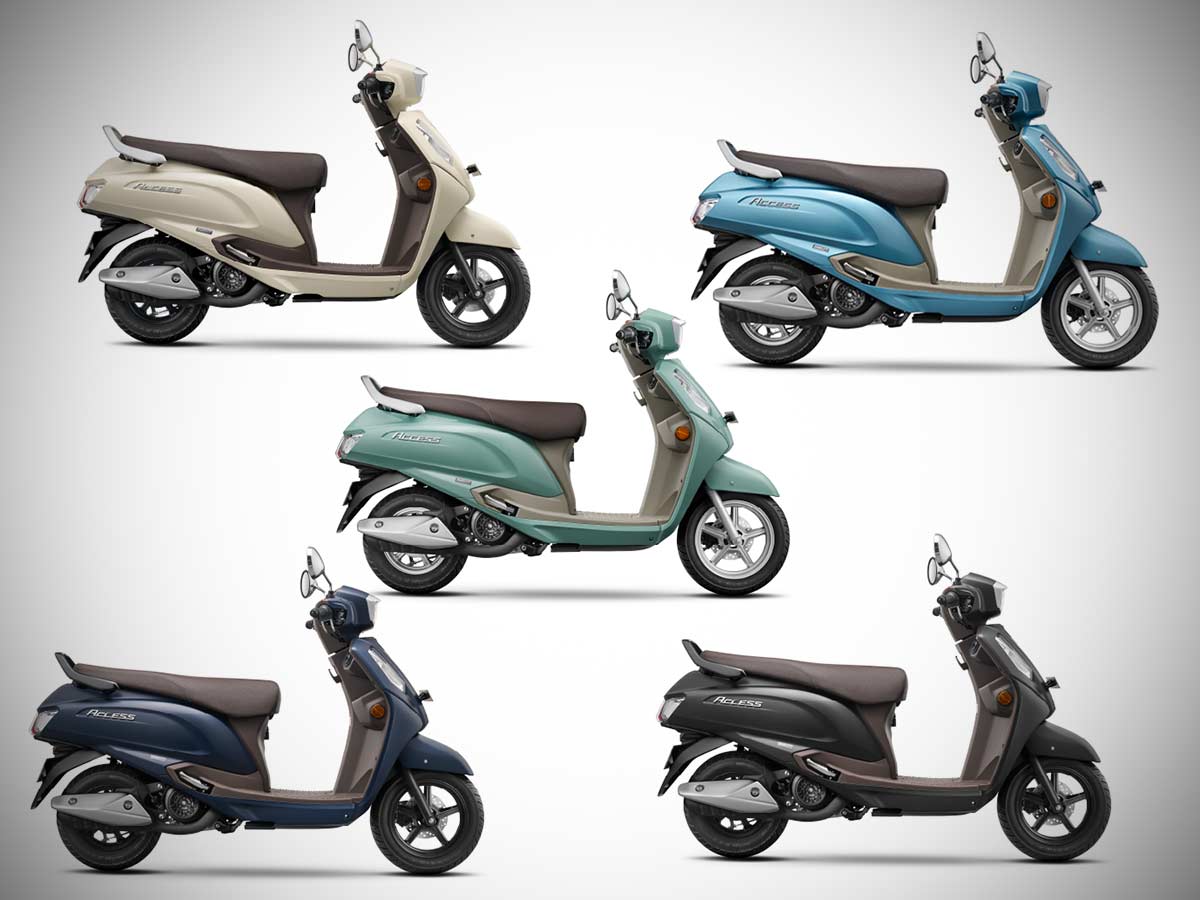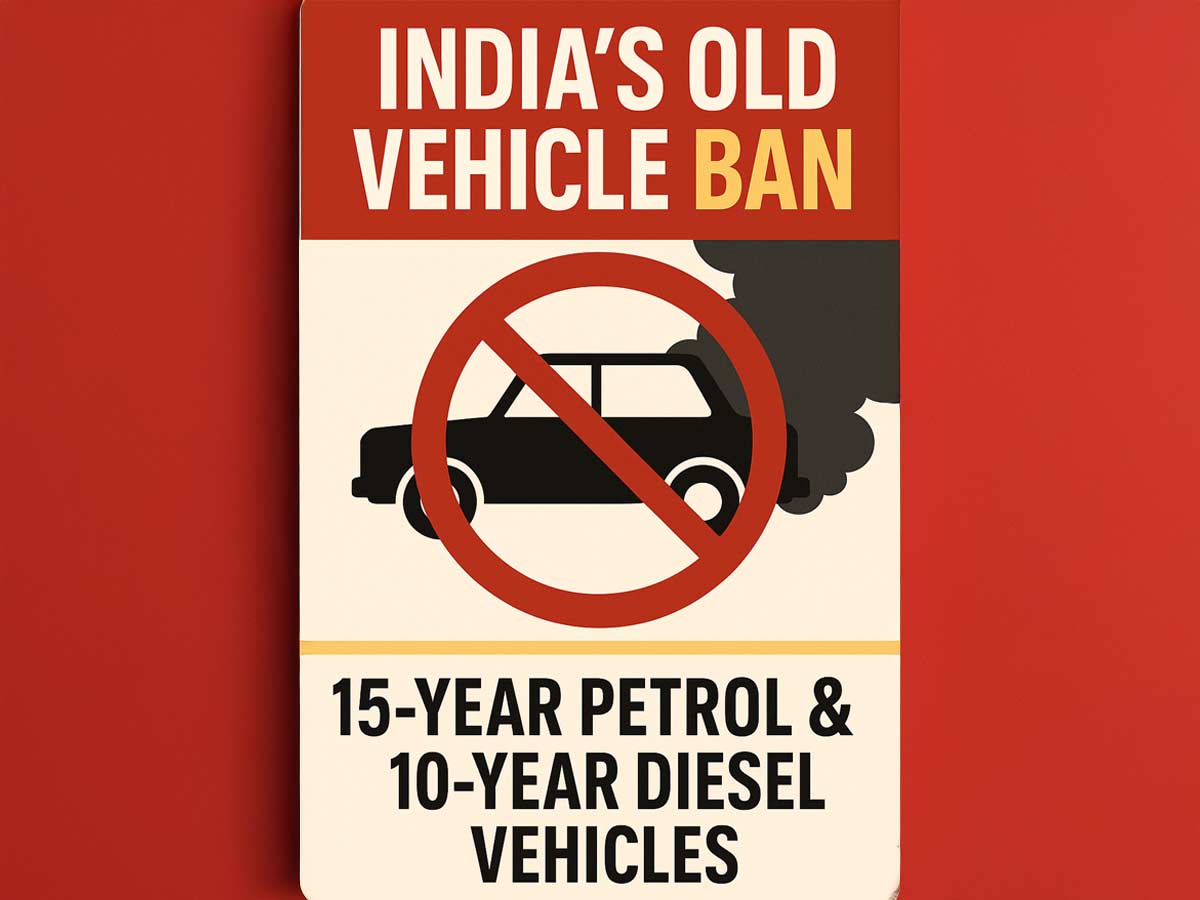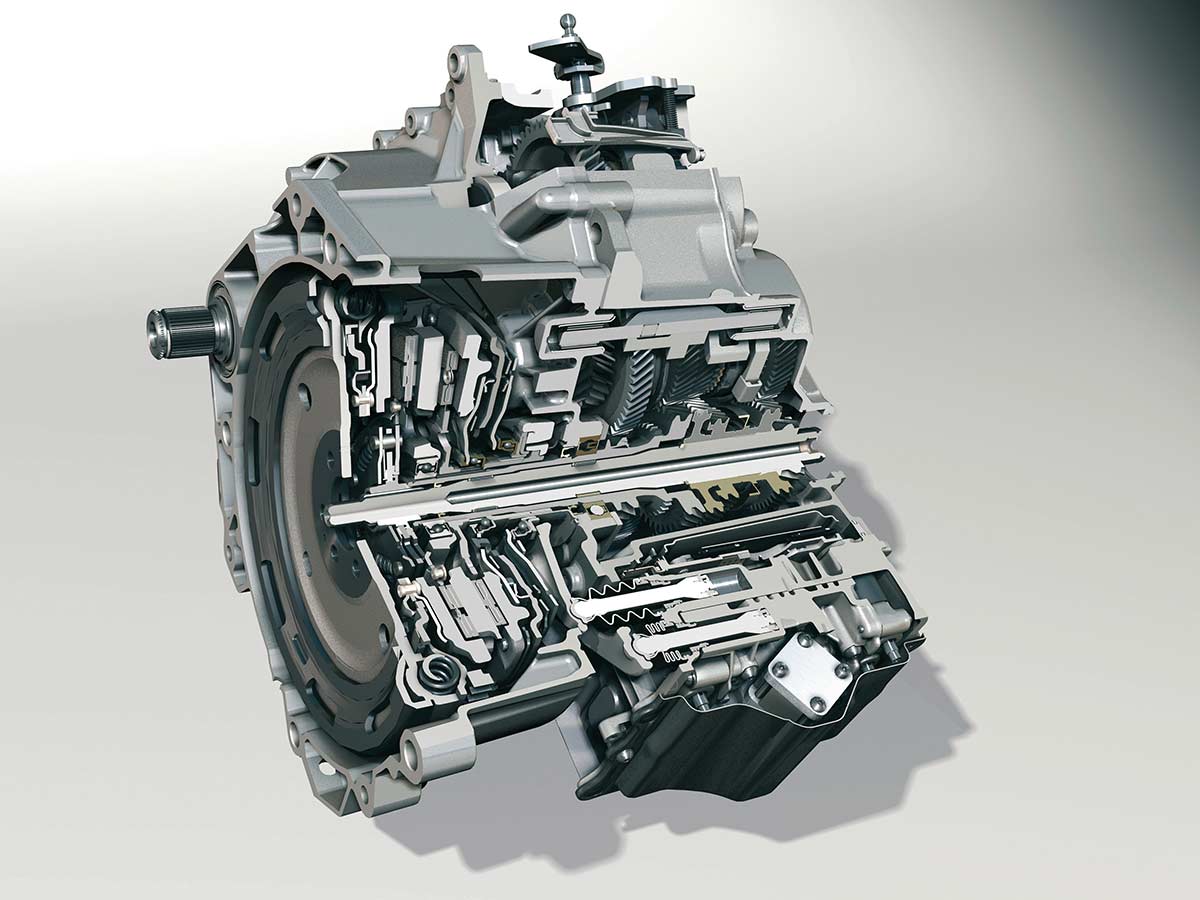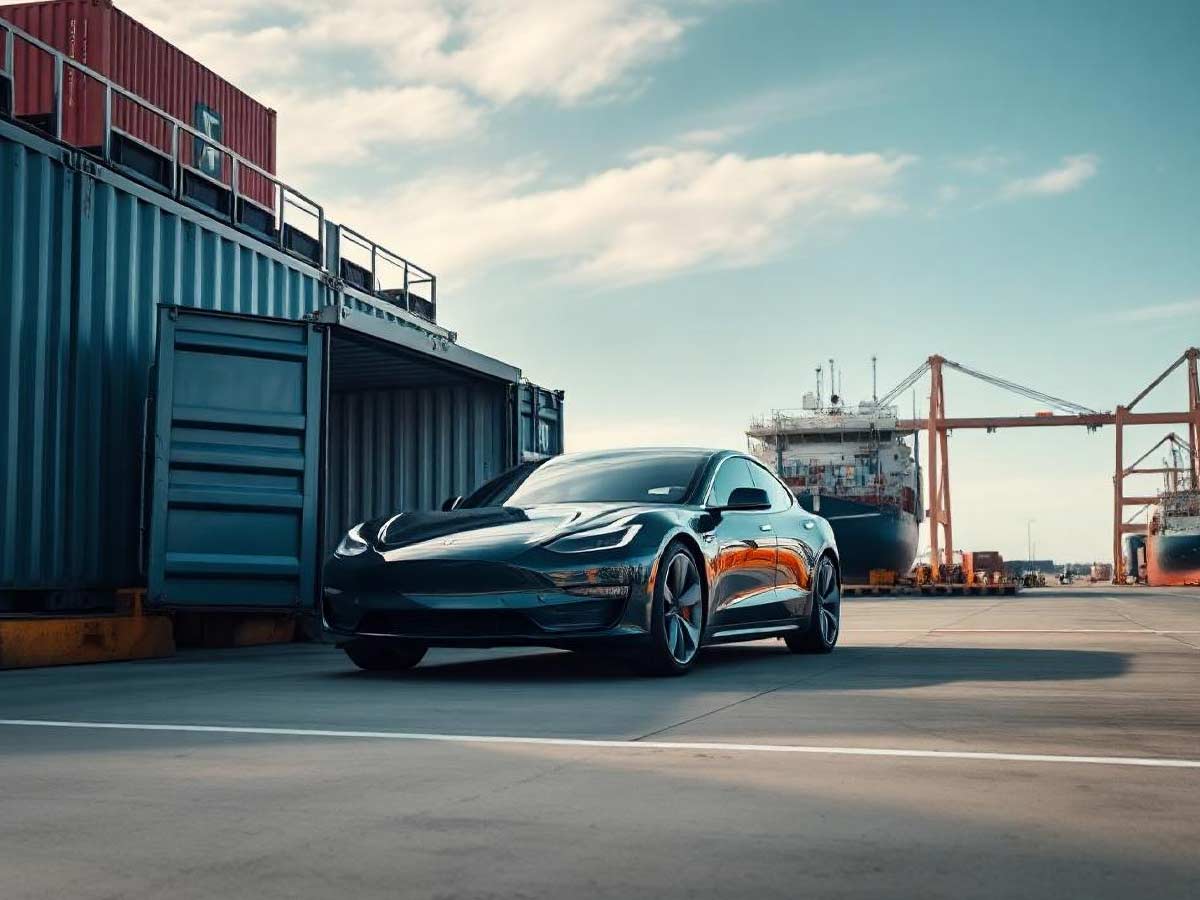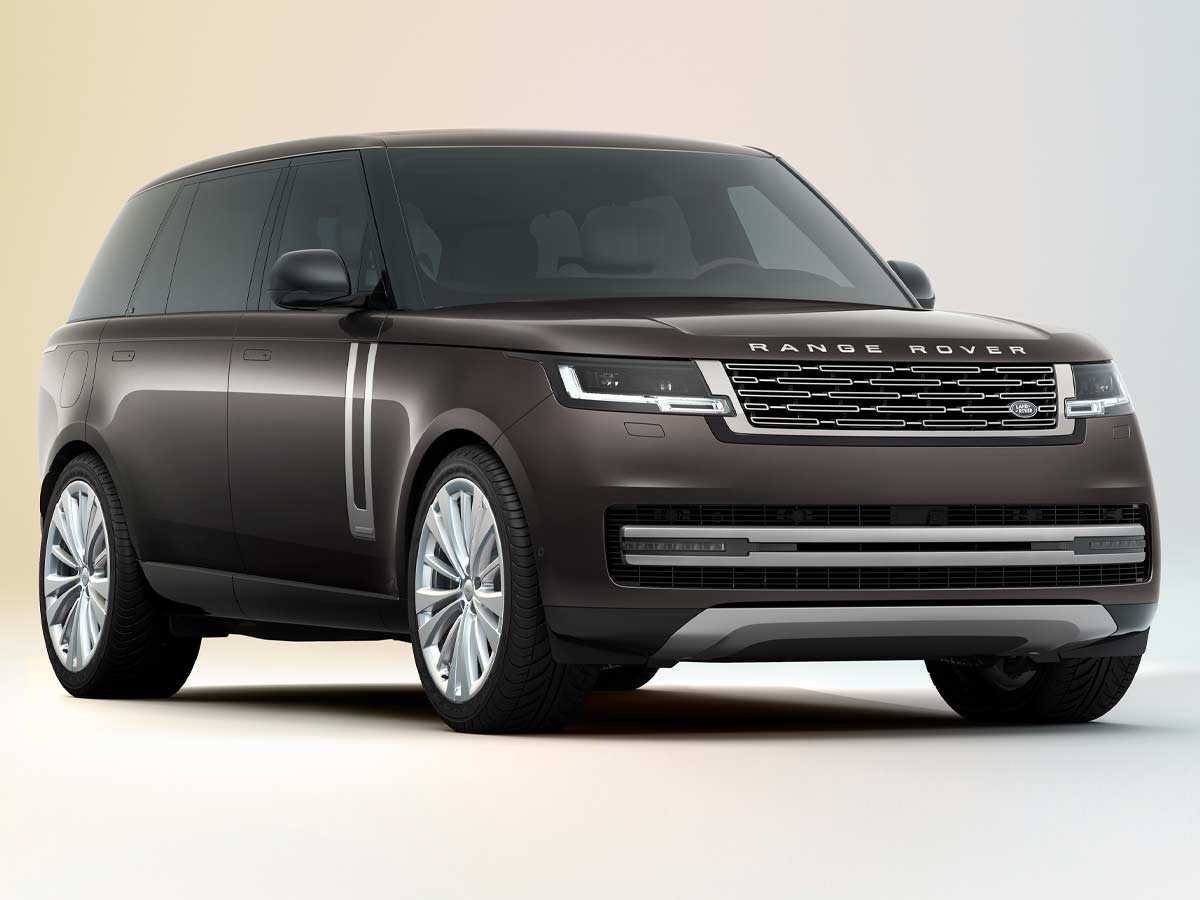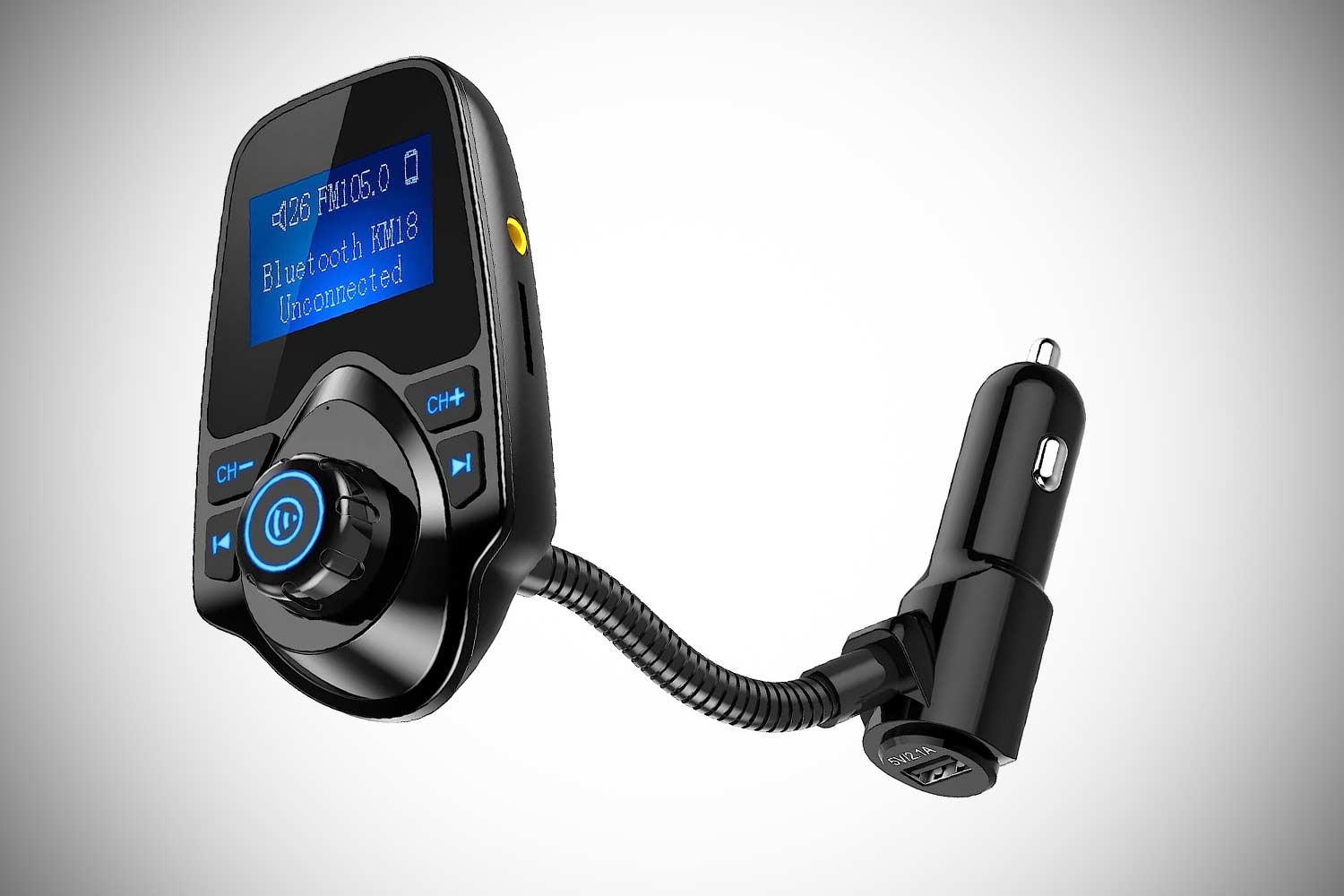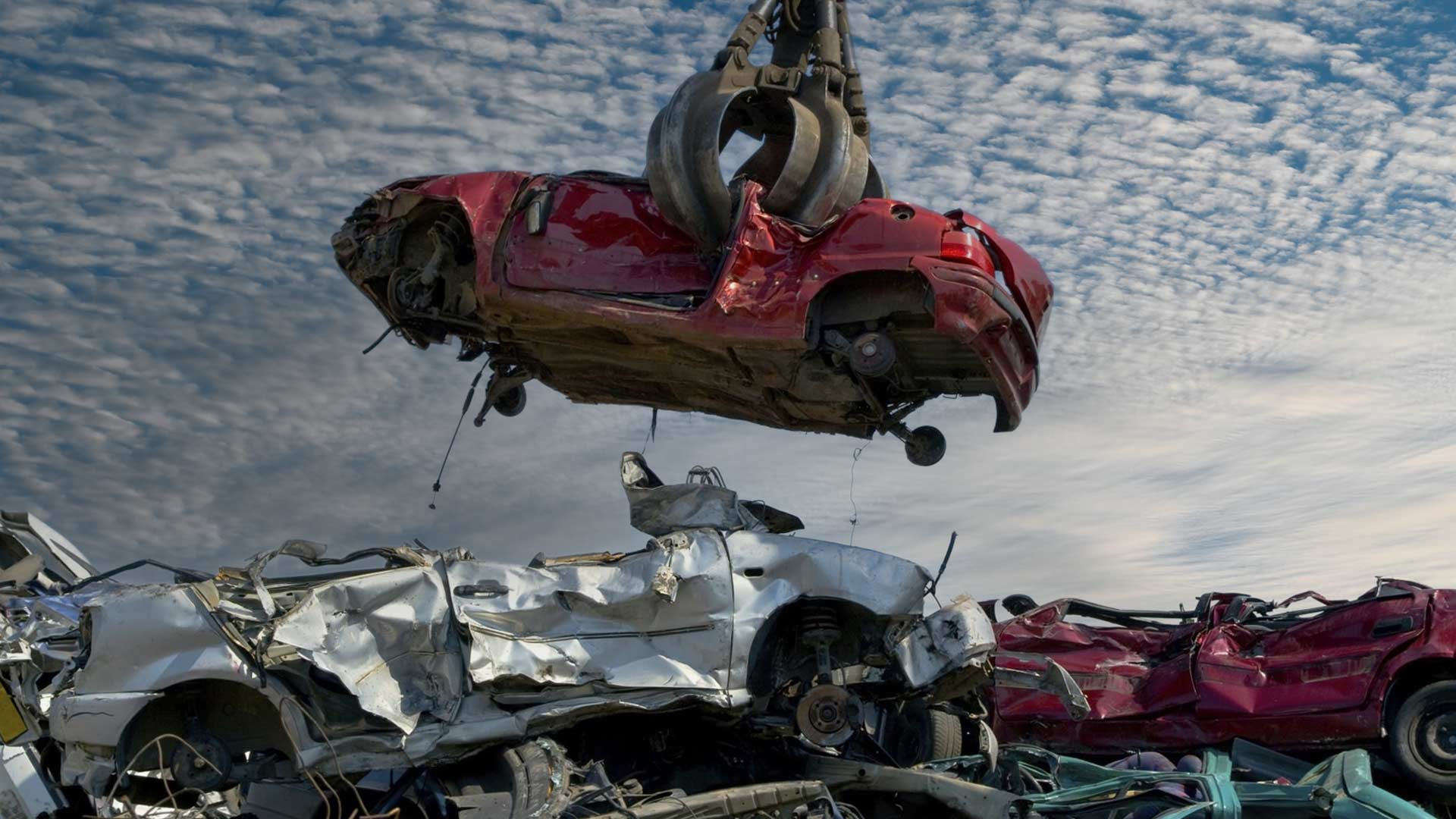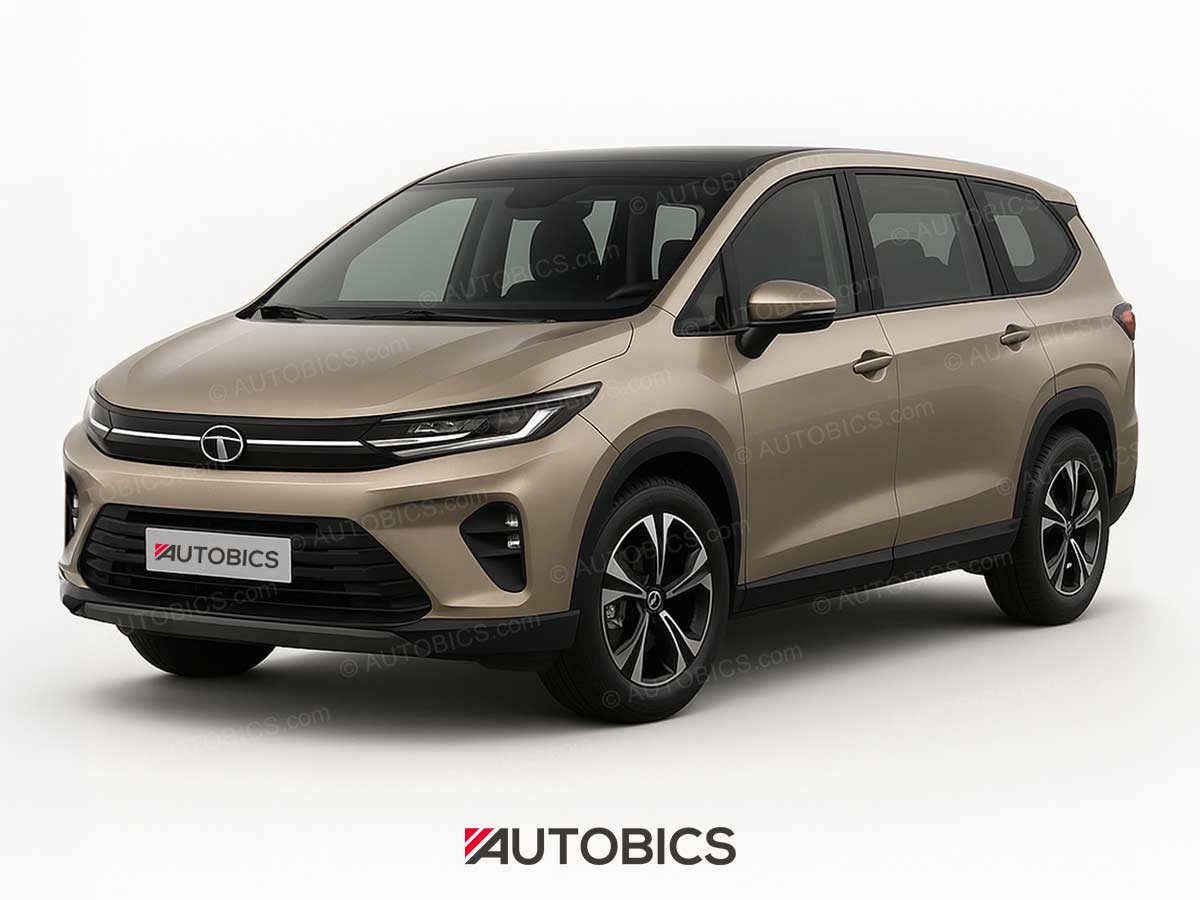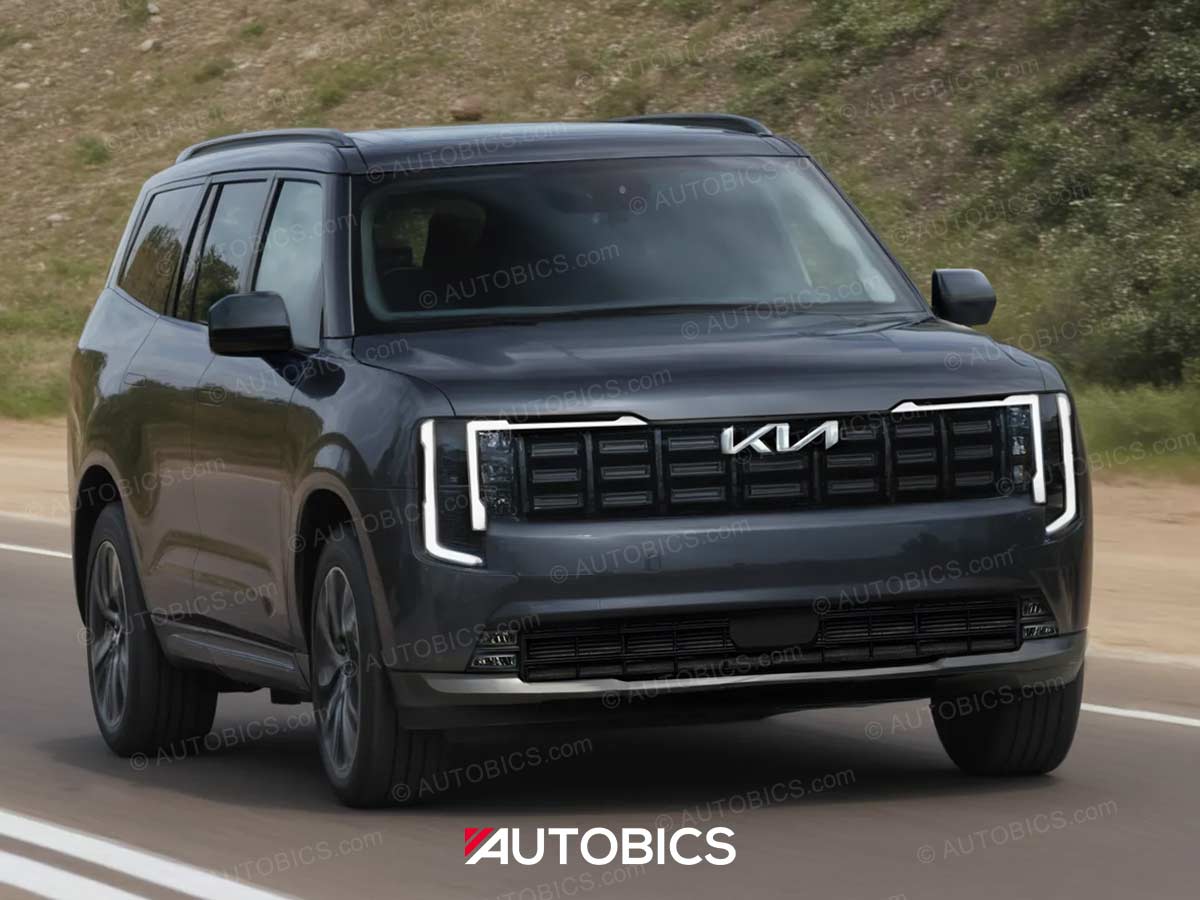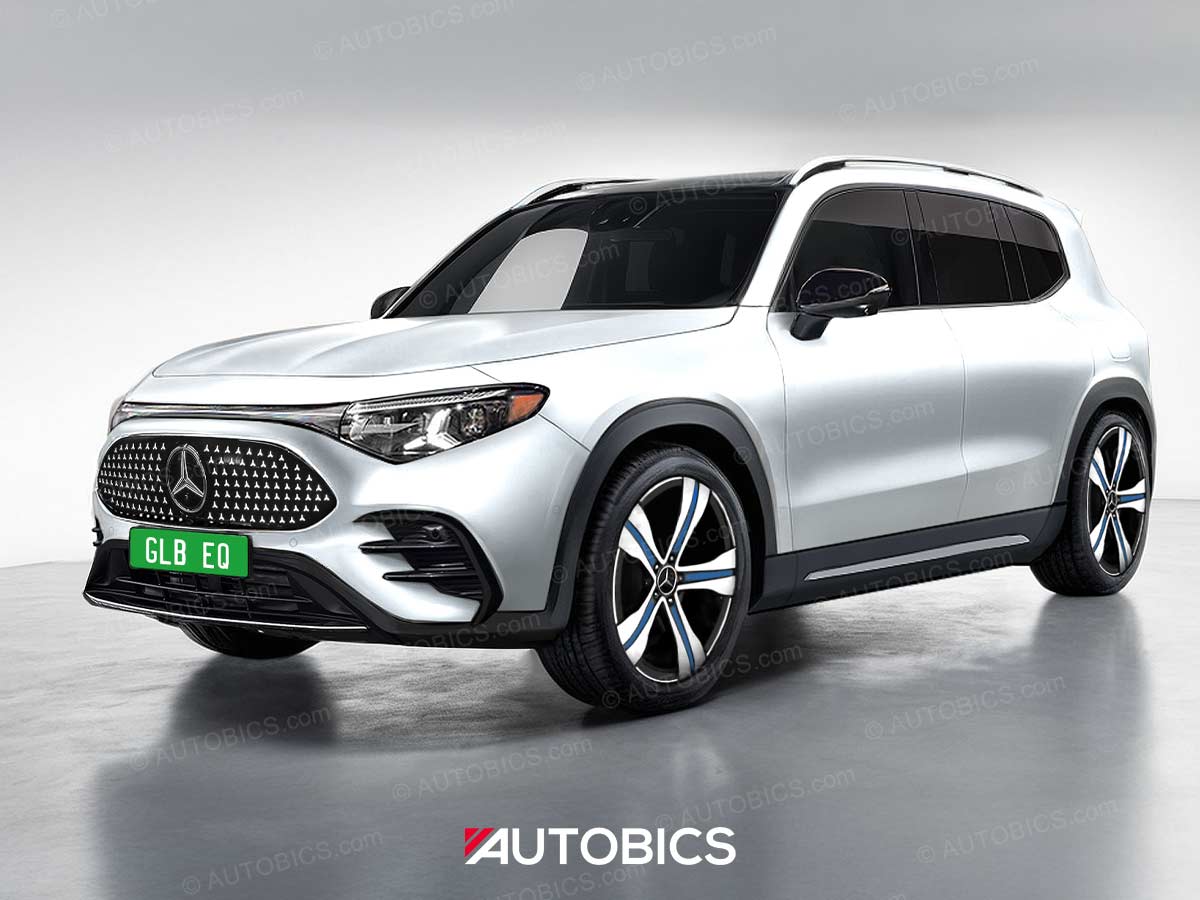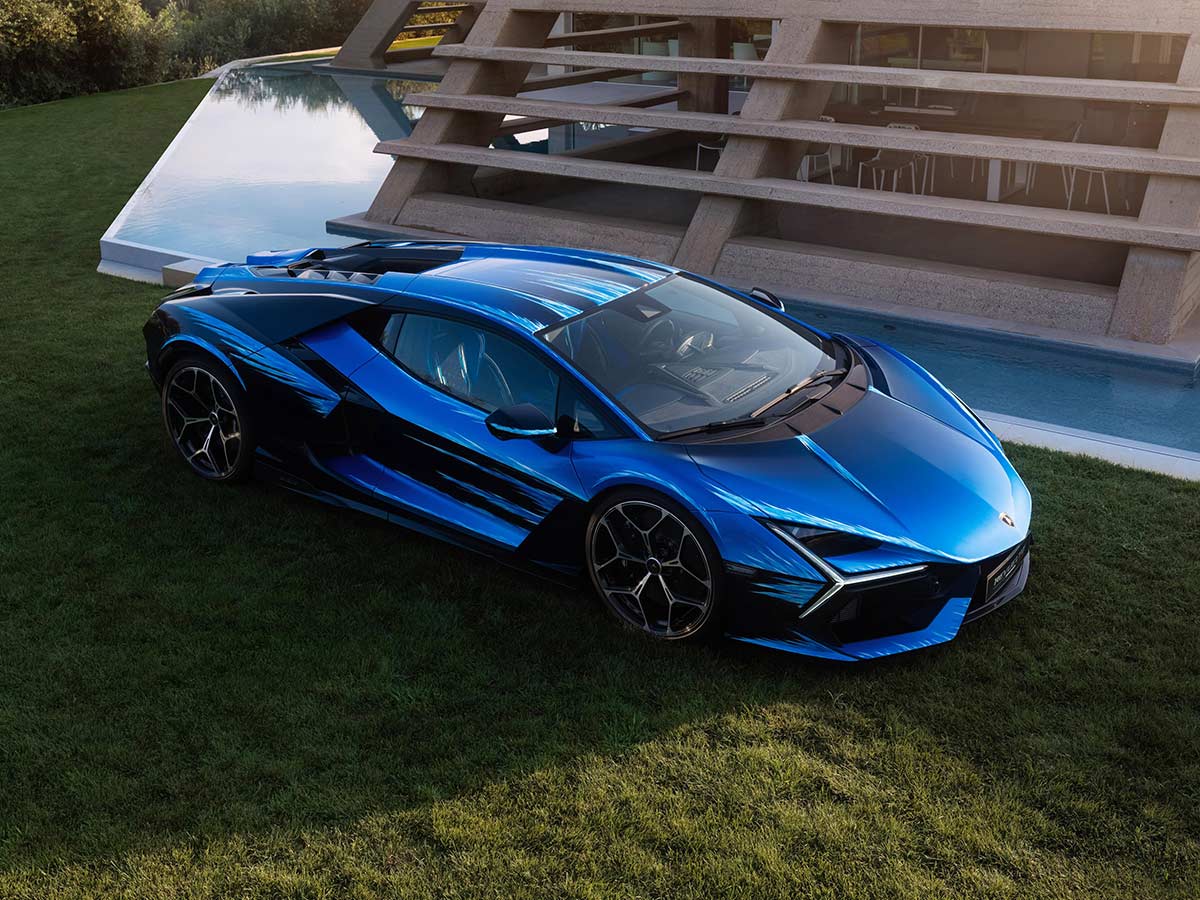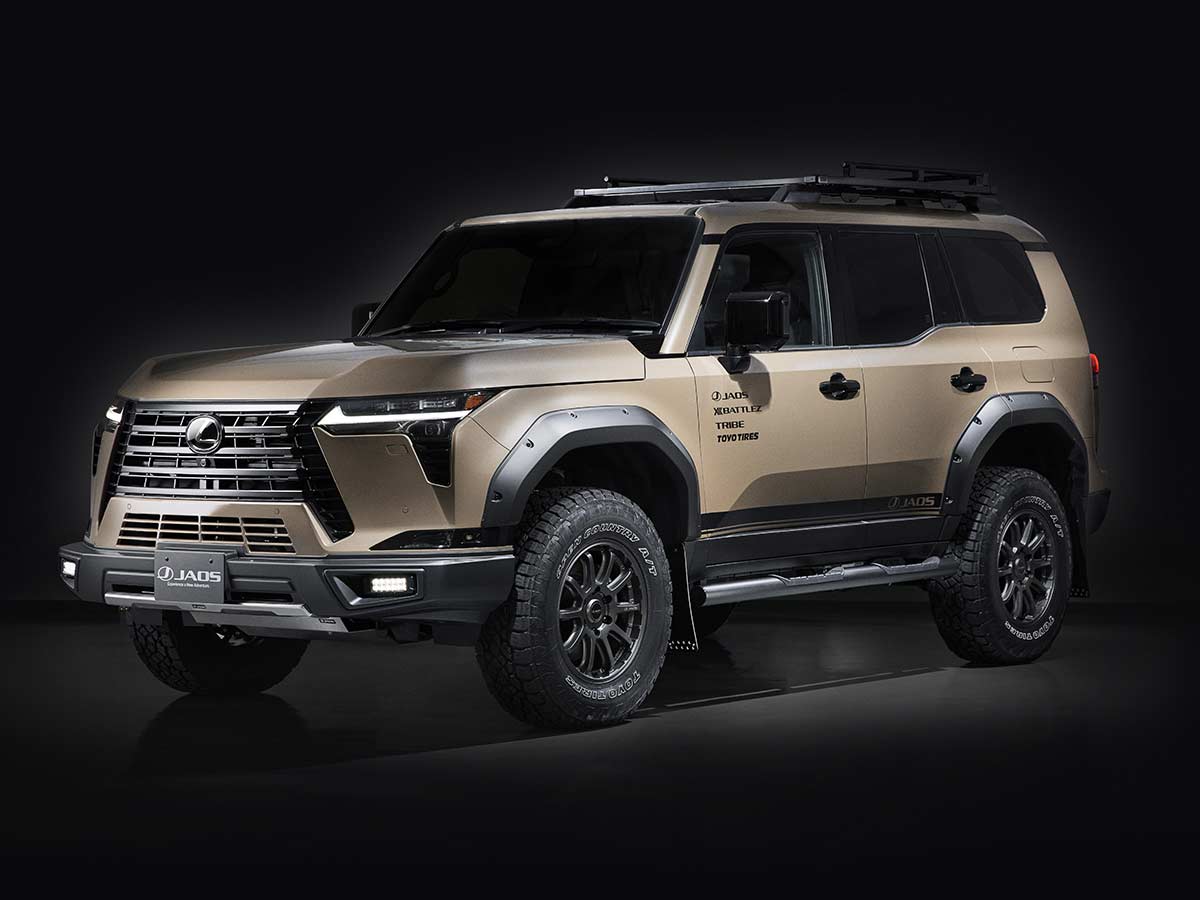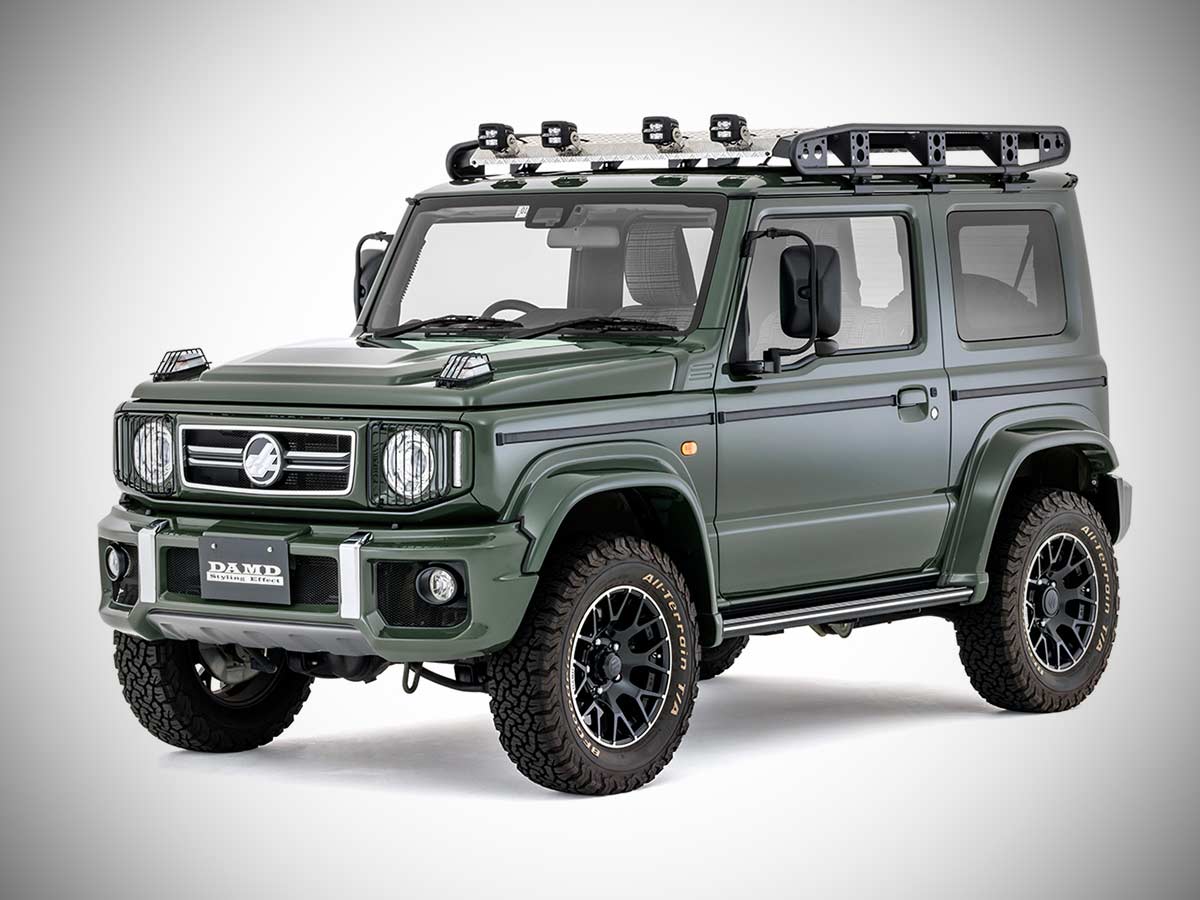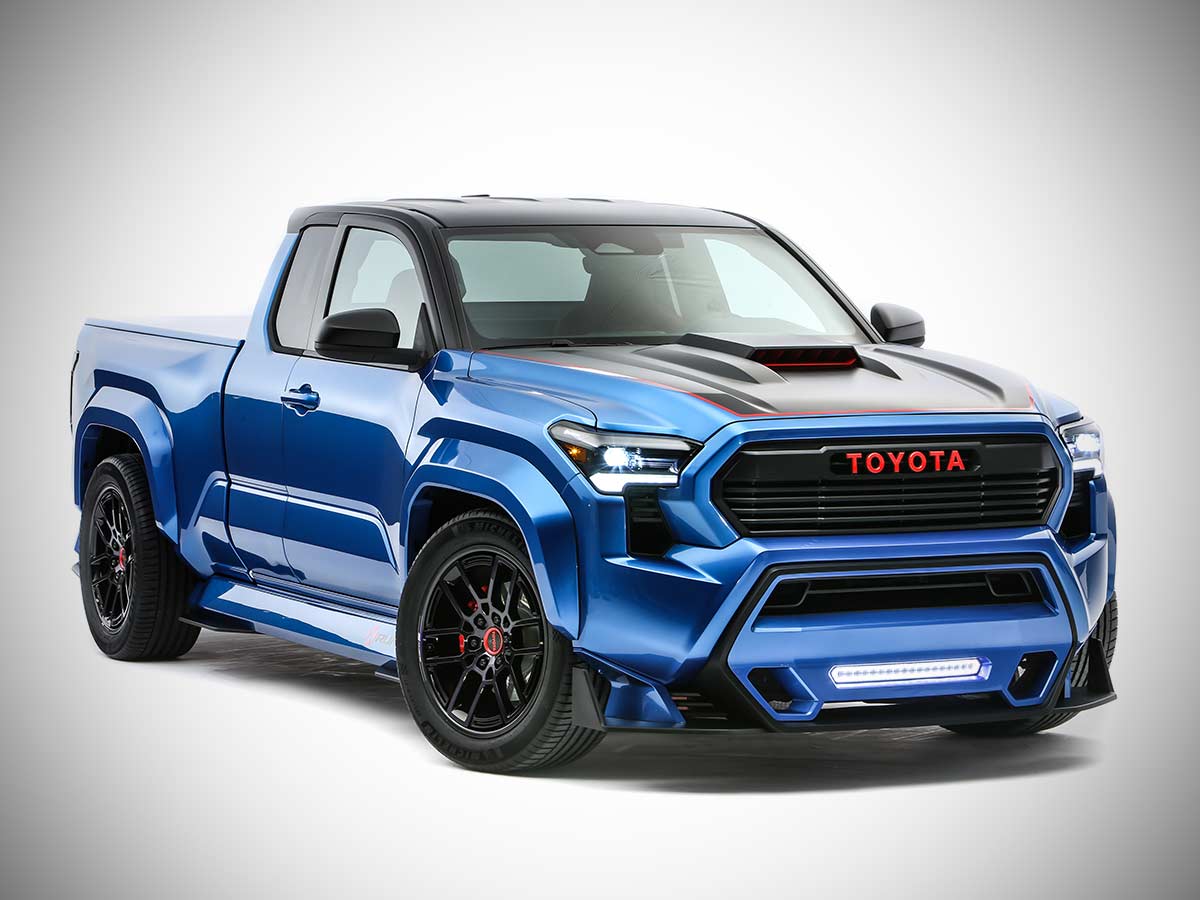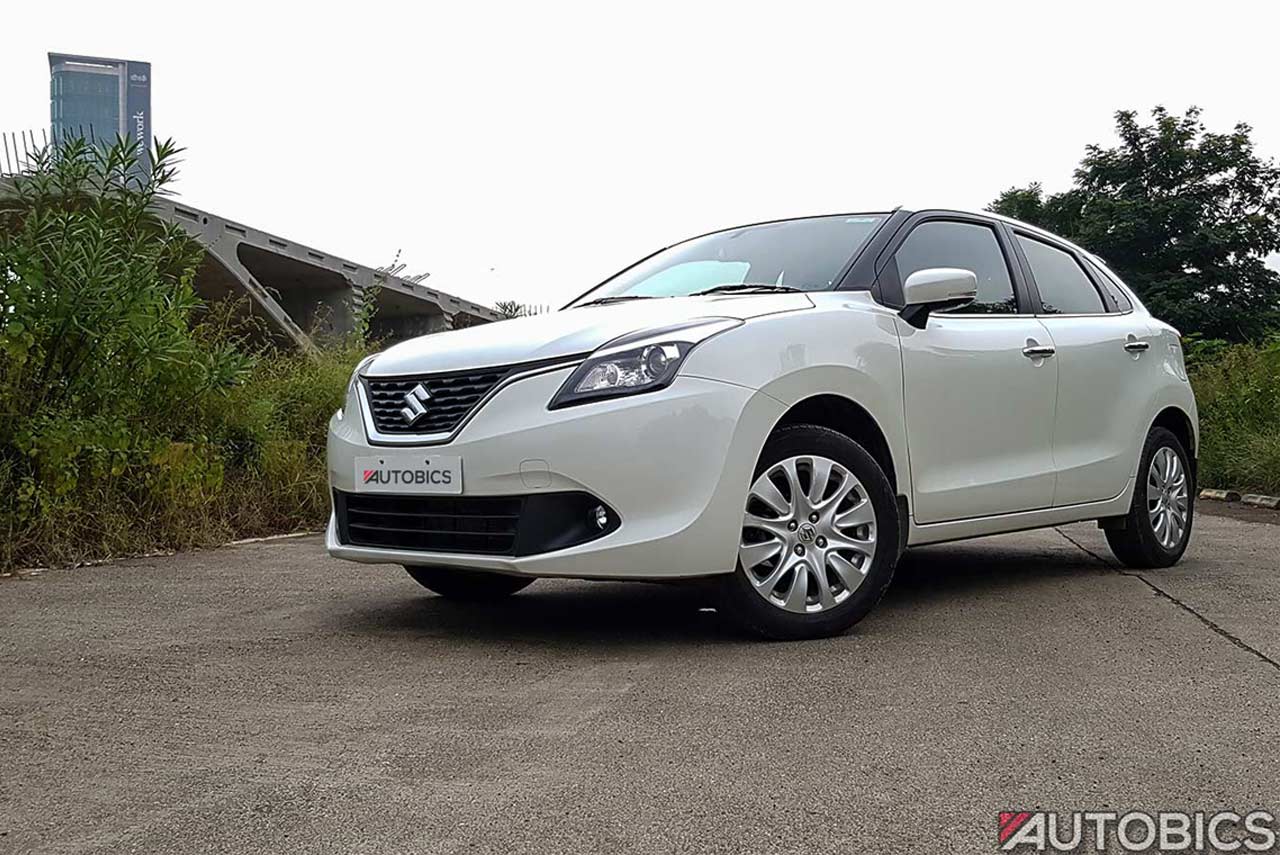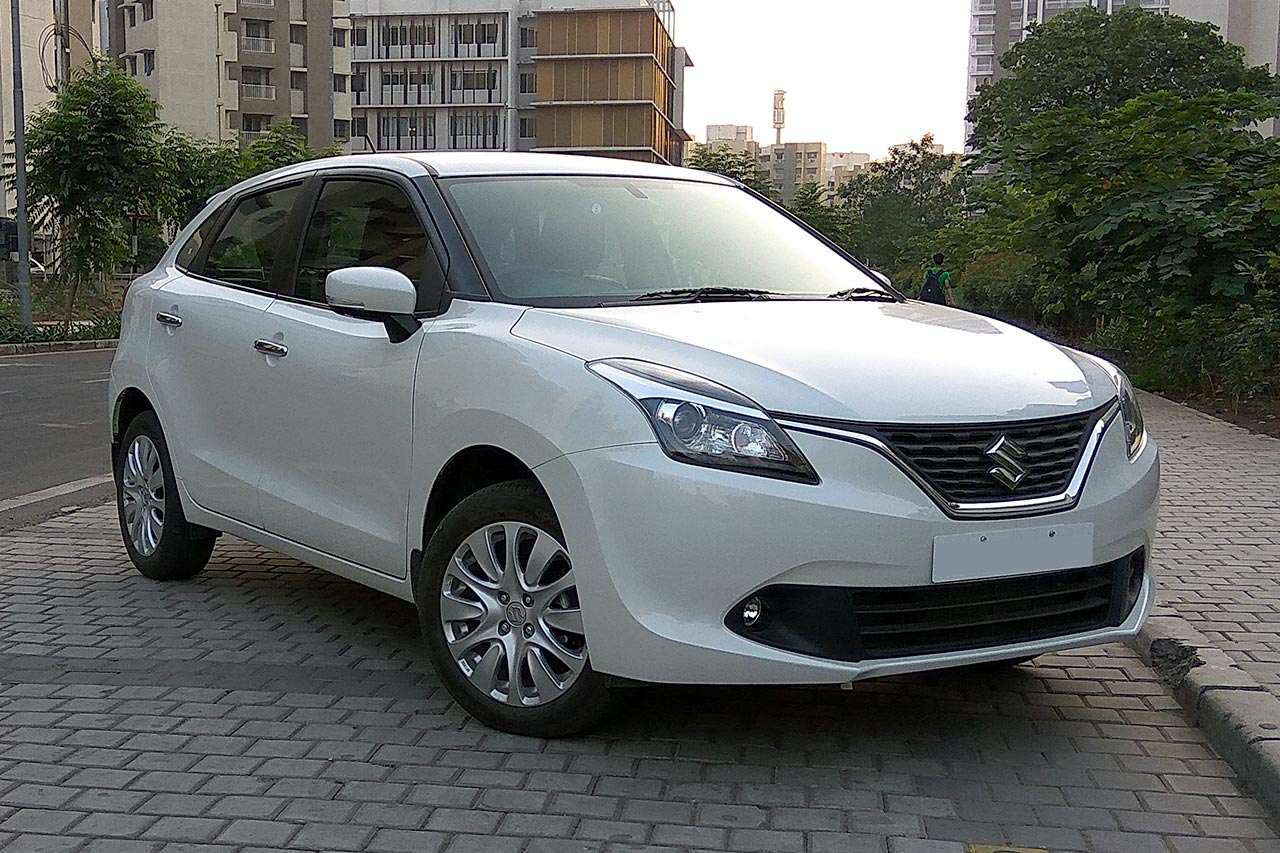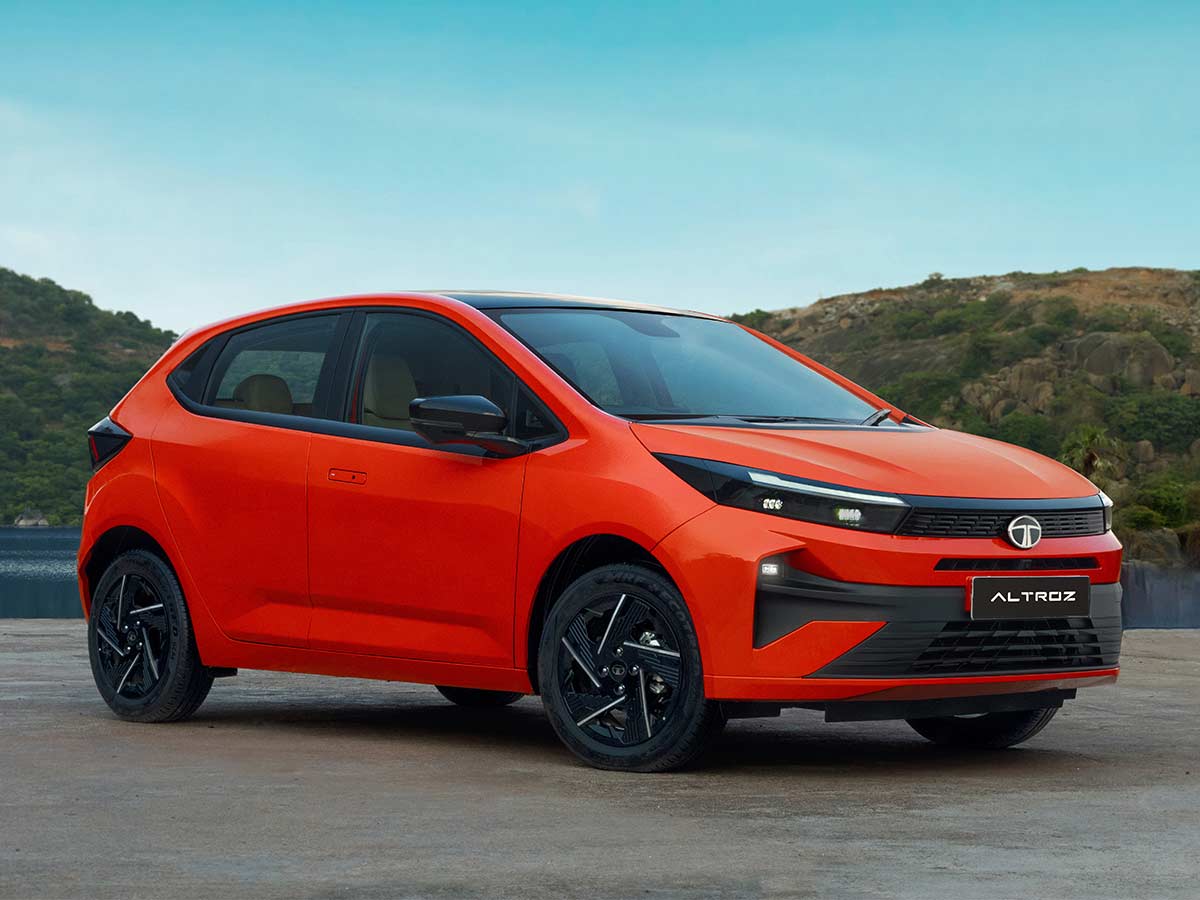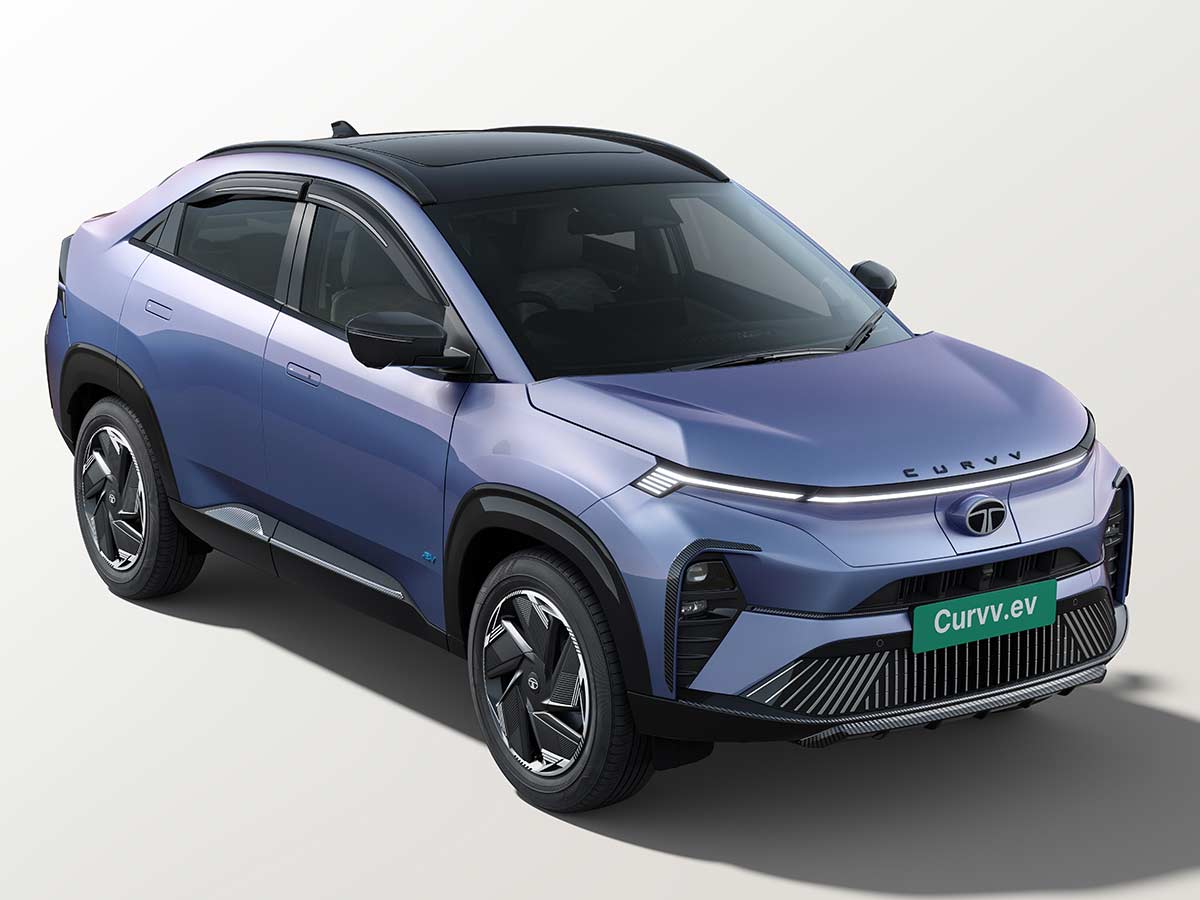Tata Motors and Microsoft India have announced a strategic agreement to redefine connected and personalized driving experiences for Indian customers.
Microsoft’s connected vehicle technologies brings together artificial intelligence (AI), advanced machine learning, and the Internet of Things (IoT) capabilities on the global hyper-scale Azure cloud.
Tata Motors will take advantage of these technologies to traverse the digital and physical worlds and will create a highly personalized, smart and safer driving experience across the digital life of a vehicle owner.
Tata Motors will be able to provide connectivity features on mainstream, mass-market vehicles at affordable prices using Microsoft’s technology.
To make it easier for people to stay connected to work, entertainment and social networks, new services and applications will be continuously developed. It will also provide greater safety & security as well as allow to make better use of in-car free time.
The first vehicle showcasing these technologies to enhance driving experiences will make its debut at the 87th Geneva International Motor Show on 7th March 2017. Microsoft enabled functionality like advanced navigation, predictive maintenance, telematics and remote monitoring features will be available via Tata Motors’ unique user interface application and services suite.
Commenting on the partnership, Guenter Butschek, CEO & MD, Tata Motors, said, “With the aim to develop innovative and technologically leading products that excite customers, we at Tata Motors, understand the need for a connected ecosystem that can integrate into the digital lives of customers. We are using Microsoft’s connected vehicle technologies on Azure intelligent cloud to bring the digital lives of our customers into the cars they drive. Making the most of fast-paced innovation cycle that Microsoft has to offer, we will create a fully connected and seamless driving experience for our customers.”
Anant Maheshwari, President, Microsoft India, commented on the association, “We are excited to partner with Tata Motors as they embark on a new journey of innovation with Microsoft Azure cloud. Using IoT, AI and machine learning technologies, we will provide vehicle owners in India and across the world with a safe, productive and fun driving experience.”
Tata Motors aims to create a new benchmark in the industry for connected vehicles. Their recently launched sub-brand, TAMO, will also act as an open platform to encourage innovation through a startup ecosystem and develop vehicles with on-the-go connectivity.
In its first phase, the advanced offerings will incorporate technologies such as cloud computing, analytics, geo-spatial & mapping and increased human-machine interface.Tata Motors will benefit from the digital eco-system created by TAMO and utilize the same for its mainstream products.
The collaboration between Tata Motors and Microsoft India will offer drivers and passengers a highly digital experience by providing advanced navigation, predictive maintenance and vehicle centric services, remote monitoring of car features, external mobile experiences and over-the-air updates. Microsoft Azure cloud and services such as advanced analytics, machine learning, Internet of Things and artificial intelligence will support the functionality.
This technology will allow vehicle owners to receive proactive point-of-interest, shopping and route assist recommendations based on their profile and location data, enabling them to achieve more on the go. Pre-emptive service alerts based on vehicle health data will enable owners to avoid costly down time en-route on planned road trips.
The company will be able to update key vehicle settings remotely, over the cloud, using industry-leading firmware over the air (FOTA) and software over the air (SOTA) updates protocols. Furthermore, the technology will help to achieve cloud based diagnostics and the ability to use insights from vehicle data to prevent warranty and recall issues.
Vehicle owners will be also able to increase safety, optimize vehicle performance by avoiding roadblocks and rough terrain. This will be possible by capturing, analyzing and acting on live road conditions. In addition, the technology also promises to deliver optimized routing and location based services to vehicle owners by unifying navigation, data elements like maps, weather, traffic, and parking.
